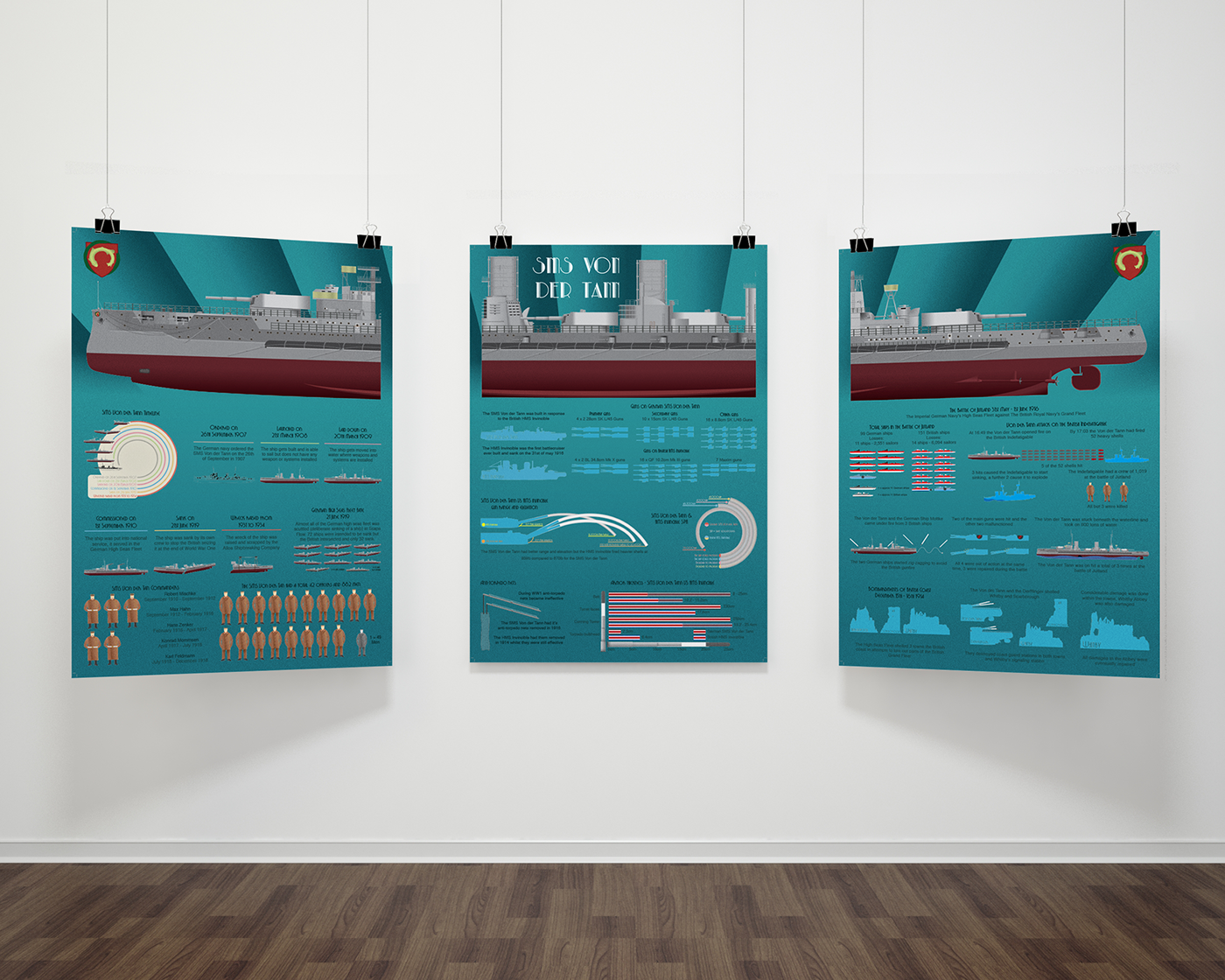How To Budget For Your Floor Covering Job: A Practical Overview
How To Budget For Your Floor Covering Job: A Practical Overview
Blog Article
Written By-Proctor Blanton
When you're planning a floor covering job, budgeting isn't almost picking a number; it has to do with understanding what you truly require and the expenses entailed. You'll want to evaluate your particular demands, research different products, and prepare for unanticipated expenses. Think about exactly how aspects like space objective and setup approaches can affect your budget plan. But prior to you jump in, there are some crucial details you might overlook that can considerably impact your overall expenses. Let's explore exactly how to navigate these complexities and ensure your job stays on track.
Assessing Your Floor Covering Needs
Before diving right into your flooring job, it's vital to analyze your floor covering needs. Begin by considering the specific locations where you prepare to mount new floor covering. Think about the function of each space. As an example, bathroom and kitchens call for waterproof materials, while living locations might benefit from convenience and aesthetics.
Next, examine the status quo of your floors. Are there any type of architectural issues, such as unequal surfaces or dampness issues? Attending to these concerns beforehand can conserve you time and money down the line.
Additionally, keep in mind of the dimensions of each area to establish just how much floor covering you'll require.
Do not forget to consider your way of living. If you have pets or young youngsters, sturdiness could be your leading concern, while a more official area might ask for a lavish finish. In addition, think of your layout choices. Do you favor a timeless appearance, or are you attracted to contemporary designs?
Last but not least, be practical regarding how much upkeep you're willing to commit to. Some materials require even more upkeep than others. By comprehending your needs clearly, you'll be better outfitted to make informed choices as you move forward with your flooring project.
Estimating Prices and Products
Approximating expenses and materials is a pivotal action in your flooring task that can significantly influence your total budget plan. Beginning by gauging your room properly to establish how much floor covering you'll require. For most materials, you'll find pricing by square foot, so accumulate quotes from various providers to obtain a sensible number.
Next, consider the kind of flooring you desire. Choices like hardwood, laminate, ceramic tile, or carpet all featured different cost points. simply click the following web site for each and factor in any type of extra products like underlayment, glue, or change strips.
Do not neglect to include devices if you're planning a do it yourself setup, as renting out or acquiring tools can include in your costs.
Labor costs are an additional essential factor to consider. If you're employing experts, obtain quotes from several specialists to ensure you're getting a reasonable price. Be clear about the scope of work to stay clear of unforeseen fees later on.
Lastly, it's smart to reserve a tiny portion of your budget for any unexpected costs associated with products. By thoroughly estimating your expenses and materials upfront, you'll set on your own up for a smoother and more workable floor covering project.
Planning for Hidden Expenses
Lots of property owners forget the hidden expenses that can occur during a flooring task, which can lead to spending plan overruns. To avoid this, you require to prepare for potential additional costs.
First, think about the condition of your existing subfloor. If it's harmed or irregular, you'll likely need fixings or leveling, which can include dramatically to your general cost.
Next, think about elimination and disposal charges for your old flooring. Numerous contractors charge extra for this solution, so aspect that right into your budget plan.
In addition, do not forget the prices of underlayment, which might not be included in the first quote yet are vital for an effective installation.
You must additionally plan for unforeseen issues, such as plumbing or electrical work if your flooring project includes moving components. It's wise to set aside at the very least 10-15% of your total allocate these unforeseen costs.
Lastly, remember that authorizations may be required for sure installments. Constantly check local regulations to prevent penalties or hold-ups.
density of epoxy
In conclusion, budgeting for your floor covering project is vital for a successful result. By examining your demands, approximating prices, and planning for hidden expenses, you'll prevent shocks and stay on track. Keep in mind to allot a part of your budget for unforeseen costs and maintain a comprehensive malfunction of your expenses. With mindful planning and factor to consider, you'll create a gorgeous room that meets your demands without breaking the financial institution. Pleased floor covering!
